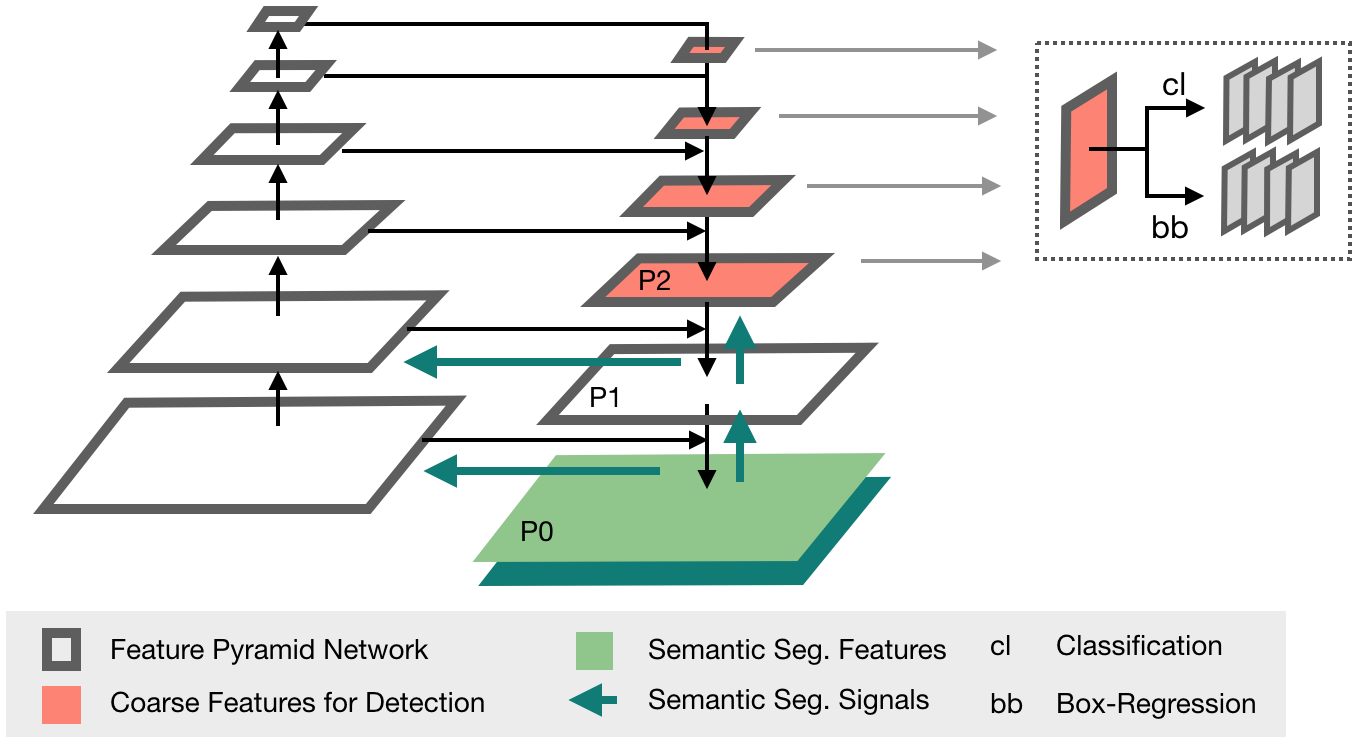ContIG: Self-supervised Multimodal Contrastive Learning for Medical Imaging with Genetics
This is the code implementation of the paper "ContIG: Self-supervised Multimodal Contrastive Learning for Medical Imaging with Genetics".
If you find this repository useful, please consider citing our paper in your work:
@misc{contig2021,
title={ContIG: Self-supervised Multimodal Contrastive Learning for Medical Imaging with Genetics},
author={Aiham Taleb and Matthias Kirchler and Remo Monti and Christoph Lippert},
year={2021},
eprint={2111.13424},
archivePrefix={arXiv},
primaryClass={cs.CV}
}
To run the experiments, you will have to have access to UK Biobank data (requires application) and will need to set up the data modalities properly.
We handle the paths to different external files with the paths.toml. Model checkpoints are stored in CHECKPOINTS_BASE_PATH (='checkpoints' by default). For some parts, we use plink and plink2 software, which you can download from here and here. Unzip and set the corresponding paths in the paths.toml file.
Python
Install the dependencies via
conda env create --file environment.yml
Setting up image data
See image_preprocessing for the code. We first use resize.py to find the retinal fundus circle, crop to that part of the image, and then filter out the darkest and brightest images with filtering_images.py.
After preprocessing the images, make sure to set BASE_IMG in paths.toml to the directory that contains the directories {left|right}/512_{left|right}/processed/.
Ancestry prediction
We only included individuals that were genetically most likely to be of european ancestry. We used the genotype-based prediction pipeline GenoPred; see documentation on the site, and put the path to the output (a .model_pred file in tsv format) into the ANCESTRY variable in paths.toml.
This ancestry prediction can also be replaced by the UKB variable 22006. In this case, create a tsv file with two columns, IID and EUR; set EUR = 1 for caucasians and EUR = 0 for others, and point the ANCESTRY variable in paths.toml to this file. Explicit ancestry prediction and the caucasian variable are mostly identical, but our ancestry prediction is a little more lenient and includes a few more individuals.
Setting up genetic data
We use three different genetic modalities in the paper.
Setting up Raw SNPs
Raw SNPs work mostly without preprocessing and use the basic microarray data from UKB. Make sure to set the BASE_GEN path in paths.toml to the directory that contains all the bed/bim/fam files from the UKB.
Setting up Polygenic Scores
PGS requires the imputed data. See the pgs directory for a reference to set everything up. Make sure to update the BASE_PGS to point to the output directory from that. We also include a list of scores used in the main paper.
Setting up Burden Scores
Burden scores are computed using the whole exome sequencing release from the UKB. We used faatpipe to preprocess this data; see there for details. Update the BASE_BURDEN variable in paths.toml to include the results (should point to a directory with combined_burdens_colnames.txt, combined_burdens_iid.txt and combined_burdens.h5).
Setting up phenotypic UKB data
Point the UKB_PHENO_FILE variable in paths.toml to the full phenotype csv file from the UKB data release and run export_card() from data.data_ukb.py to preprocess the data (only needs to be run once; there may be a bug with pandas >= 1.3 on some systems, so consider using pandas = 1.2.5 for this step).
You can ignore the BLOOD_BIOMARKERS variable, since it's not used in any of the experiments.
Setting up downstream tasks
Download and unzip the downstream tasks from PALM, RFMiD and APTOS and point the {PALM|RFMID|APTOS}_PATH variables in paths.toml correspondingly.
UKB downstream tasks are set up with the main UKB set above.
Training self-supervised models
ContIG
In order to train models with our method ContIG, use the script train_contig.py. In this script, it is possible to set many of the constants used in training, such as IMG_SIZE, BATCH_SIZE, LR, CM_EMBEDDING_SIZE, GENETICS_MODALITY and many others. We provide default values at the beginning of this script, which we use in our reported values. Please make sure to set the paths to datasets in paths.toml beforehand.
Baseline models
In order to train the baseline models, each script is named after the algorithm: SimCLR simclr.py, NNCLR nnclr.py, Simsiam simsiam.py, Barlow Twins barlow_twins.py, and BYOL byol.py
Each of these scripts allow for setting all the relevant hyper-parameters for training these baselines, such as max_epochs, PROJECTION_DIM, TEMPERATURE, and others. Please make sure to set the paths to datasets in paths.toml beforehand.
Evaluating Models
To fine-tune (=train) the models on downstream tasks, the following scripts are the starting points:
- For APTOS Retinopathy detection: use
aptos_diabetic_retinopathy.py - For RFMiD Multi-Disease classification: use
rfmid_retinal_disease_classification.py - For PALM Myopia Segmentation: use
palm_myopia_segmentation.py - For UK Biobank Cardiovascular discrete risk factors classification: use
ukb_covariate_classification.py - For UK Biobank Cardiovascular continuous risk factors prediction (regression): use
ukb_covariate_prediction.py
Each of the above scripts defines its hyper-parameters at the beginning of the respective files. A common variable however is CHECKPOINT_PATH, whose default value is None. If set to None, this means to train the model from scratch without loading any pretrained checkpoint. Otherwise, it loads the encoder weights from pretrained models.
Running explanations
Global explanations
Global explanations are implemented in feature_explanations.py. See the final_plots function for an example to create explanations with specific models.
Local explanations
Local explanations are implemented in local_explanations.py. Individuals for which to create explanations can be set with the INDIVIDUALS variable. See the final_plots function for an example to create explanations with specific models.
Running the GWAS
The GWAS is implemented in downstream_gwas.py. You can specify models for which to run the GWAS in the WEIGHT_PATHS dict and then run the run_all_gwas function to iterate over this dict.





